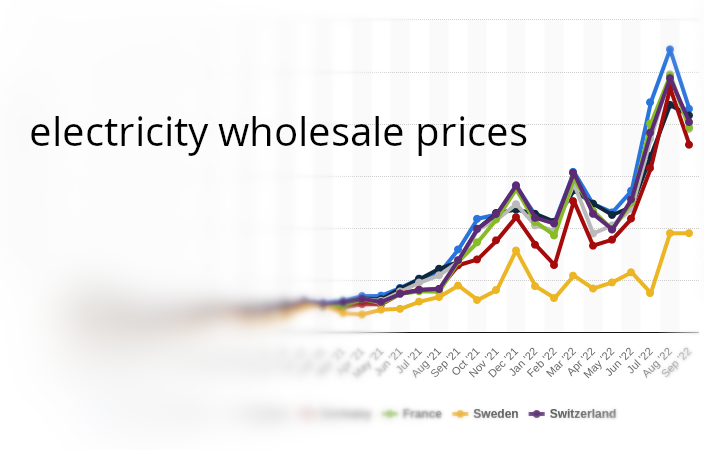
Tightening markets for liquefied natural gas (LNG) worldwide and major oil producers cutting supply have put the world in the middle of “the first truly global energy crisis” Dr Fatih Birol, Executive Director of the International Energy Agency (IEA) said on Tuesday 25 October 2022.
In March, 2022 the IEA released a 10 point plan to reduce the European Union’s reliance on Russian natural gas[1]https://iea.blob.core.windows.net/assets/1af70a5f-9059-47b4-a2dd-1b479918f3cb/A10-PointPlantoReducetheEuropeanUnionsRelianceonRussianNaturalGas.pdf.
Of the 10 points, ‘Action 4’ is to accelerate the deployment of new wind and solar projects.
IEA
The main use of energy by households in the EU in 2020 was for heating their homes [2]https://ec.europa.eu/eurostat/statistics-explained/index.php?title=Energy_consumption_in_households (62.8% of final energy consumption in the residential sector), with renewables accounting for more than a quarter (26.8%) of EU households’ space heating consumption.
Done in a simple and cost-effective way, solar thermal can significantly reduce the need for other heat sources – thereby reducing electricity grid loading and gas use. And solar thermal can use the cheapest battery available: water.
Solar energy systems have long been a low-cost and reliable solution for heating in many European countries but overall solar heat accounts for just around 1.5% of heating needs. To reach the EU 2030 targets, energy demand covered by solar heat and geothermal should at least triple.
Rooftops have been the place for most of the solar energy deployment so far, but huge untapped potential remains. It is a low-hanging fruit and the EU and its Member States must join forces to exploit it rapidly as much as possible, given multiple benefits for consumers.
EU Solar Energy Strategy
